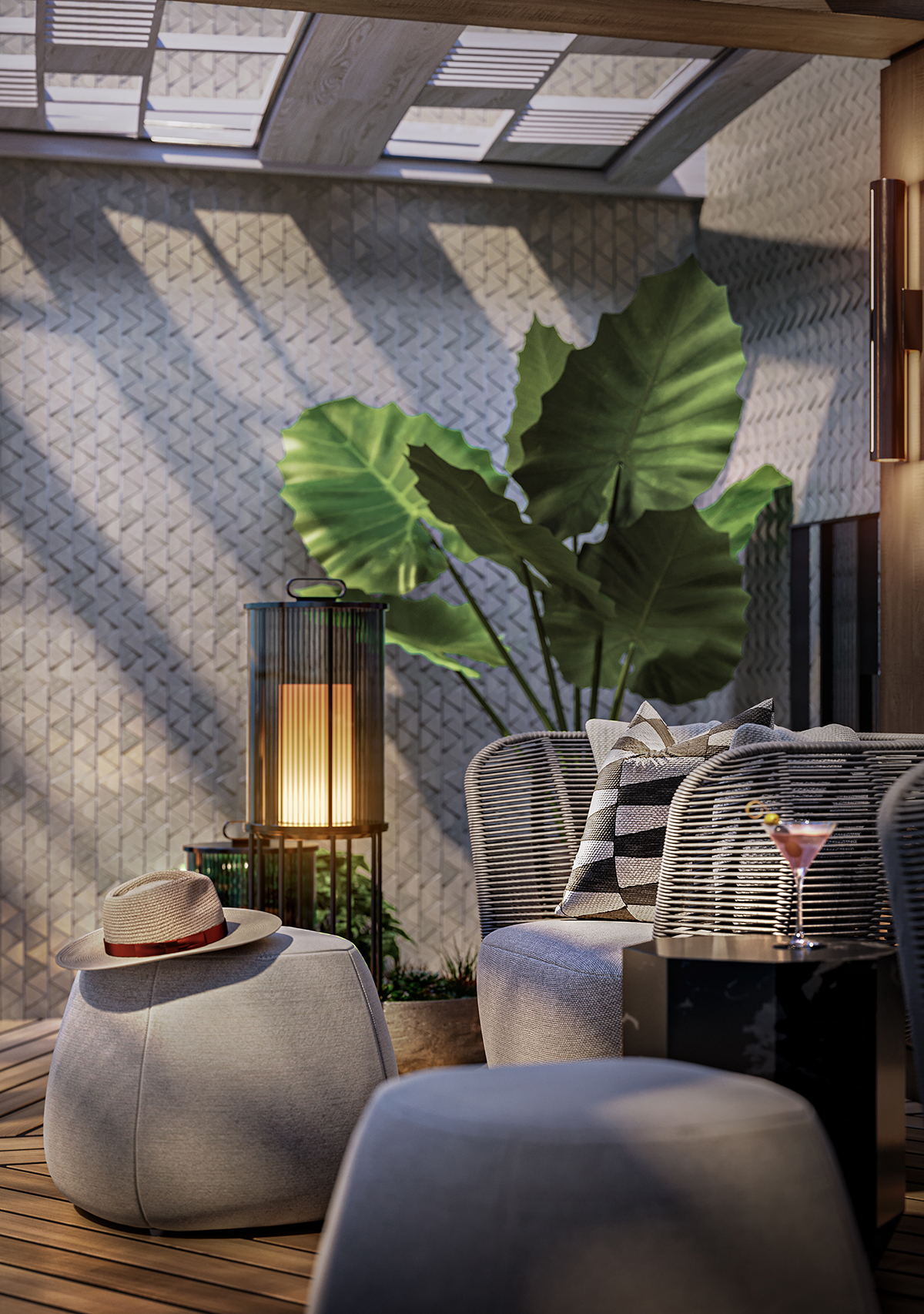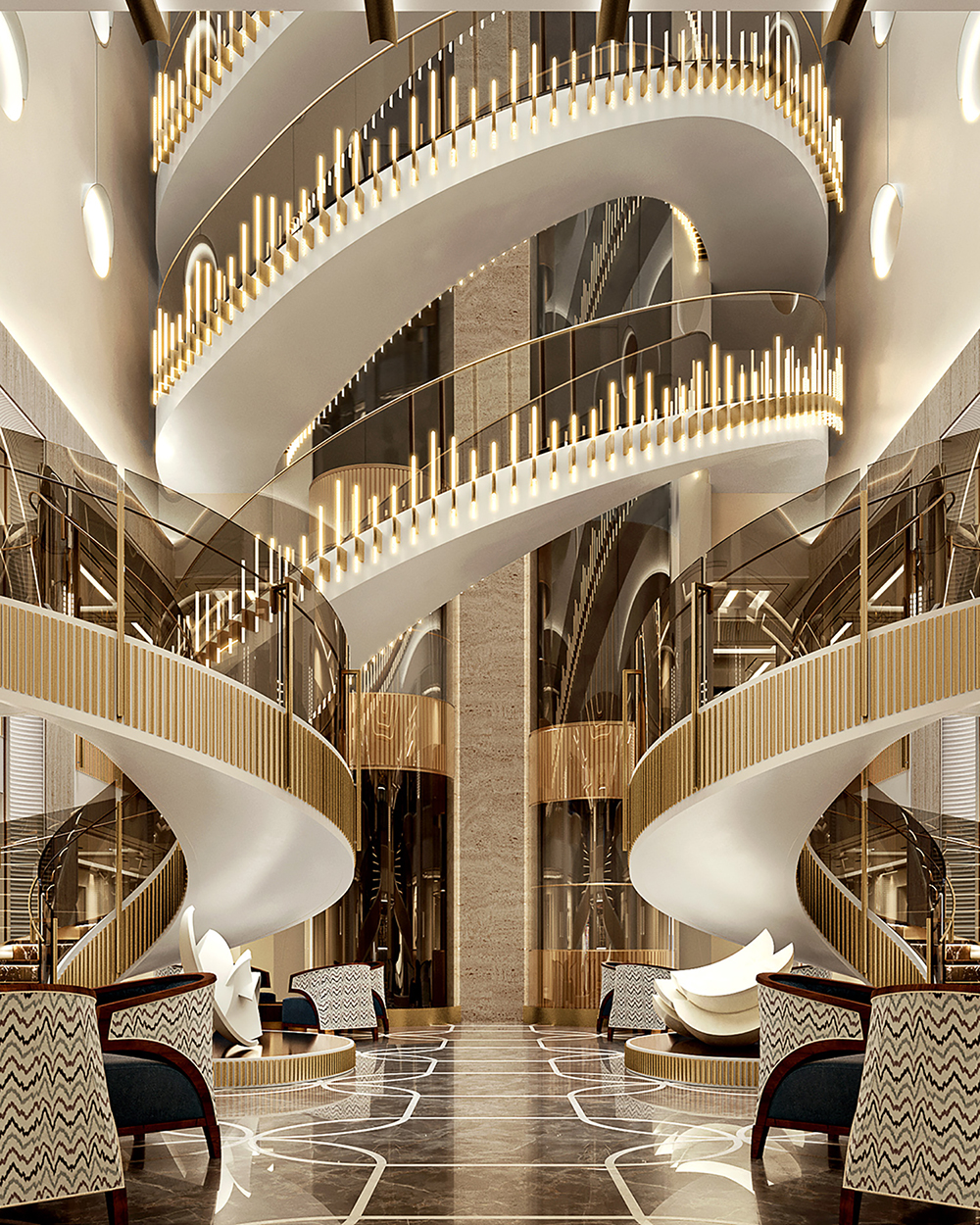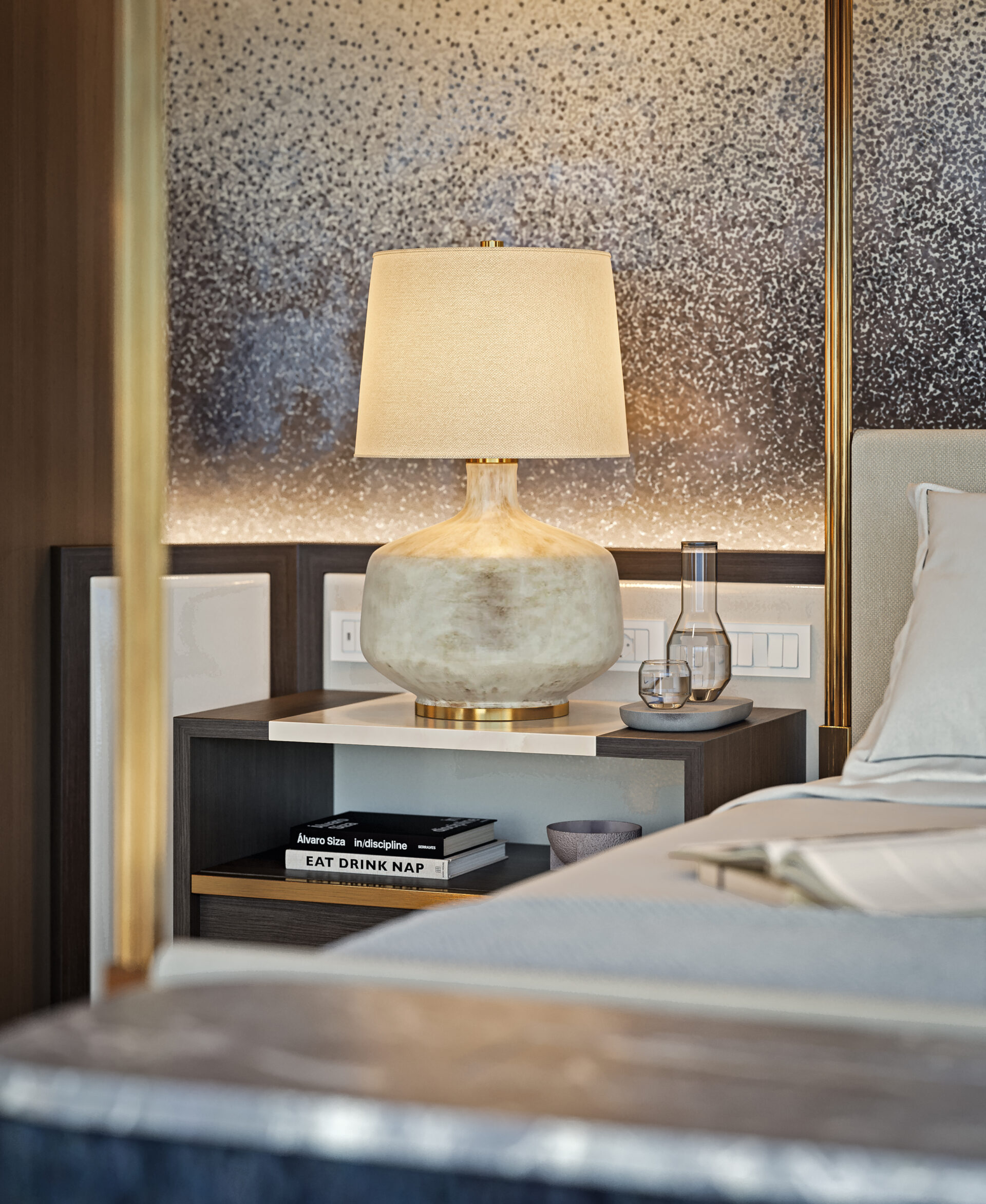Blog article
Oct 21, 2025
Miami Design: How the City Became a Global Capital of Culture, Cuisine, and Creativity
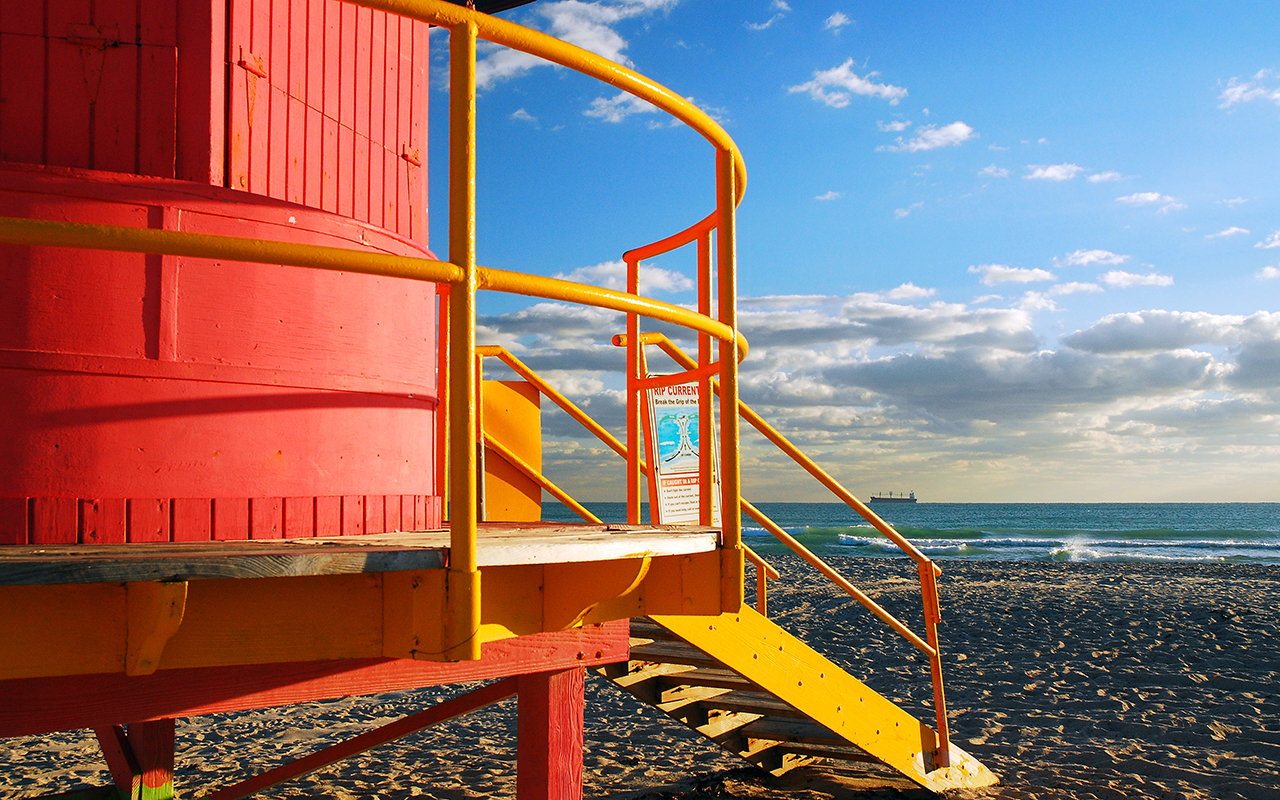
Studio DADO’s hometown has been creating waves from the start. The team takes a look back at why Miami has been such a source of inspiration.
Long before it became an epicenter of contemporary art and hospitality design, Miami was a cultural crossroads. Its evolution has always been tied to immigration—Cuban, Haitian, Venezuelan, Colombian, Nicaraguan. Each wave brought new traditions, aesthetics, rhythms, and stories. These layers of influence formed a city with its own visual and emotional language. One that’s both exuberant and grounded, bold yet deeply rooted.
It wasn’t always this way. For a long time, Miami was known more for neon lights and nightlife than design credibility. But even those early images helped shape the city’s creative trajectory. Miami Vice may have been all pastel suits and speedboats, but it put the city on the global map and made people think Miami was cool, maybe even aspirational. That cultural moment cracked the door open.
Since then, waves of artists, chefs, and designers have pushed it wide, turning Miami into a place where taste, experimentation, and emotion collide. By the 1980s and 1990s, that distinct sensibility found global expression through music. The “Miami sound” became one of the city’s first major cultural exports. The music created momentum, and that momentum needed space. The rise of the club scene demanded interiors that pulsed with life. South Beach nightlife was no longer just about dancing, it became about immersion, escapism, and self-expression. And in this environment, design became experiential.
The LGBTQ+ Community’s Lasting Design Legacy
Alongside its music scene, Miami’s LGBTQ+ community helped transform the city from the inside out. In the 1980s and 1990s, South Beach became a refuge and creative playground for queer artists, performers, designers, and activists. The embrace of identity and visibility brought a shift in visual culture toward the unapologetic, the vibrant, the theatrical.
This was more than style. It was substance. Queer culture shaped the way Miami thought about space: as a medium for transformation, freedom, and joy. That openness made room for experimentation in fashion, interiors, and hospitality that still defines the city today.
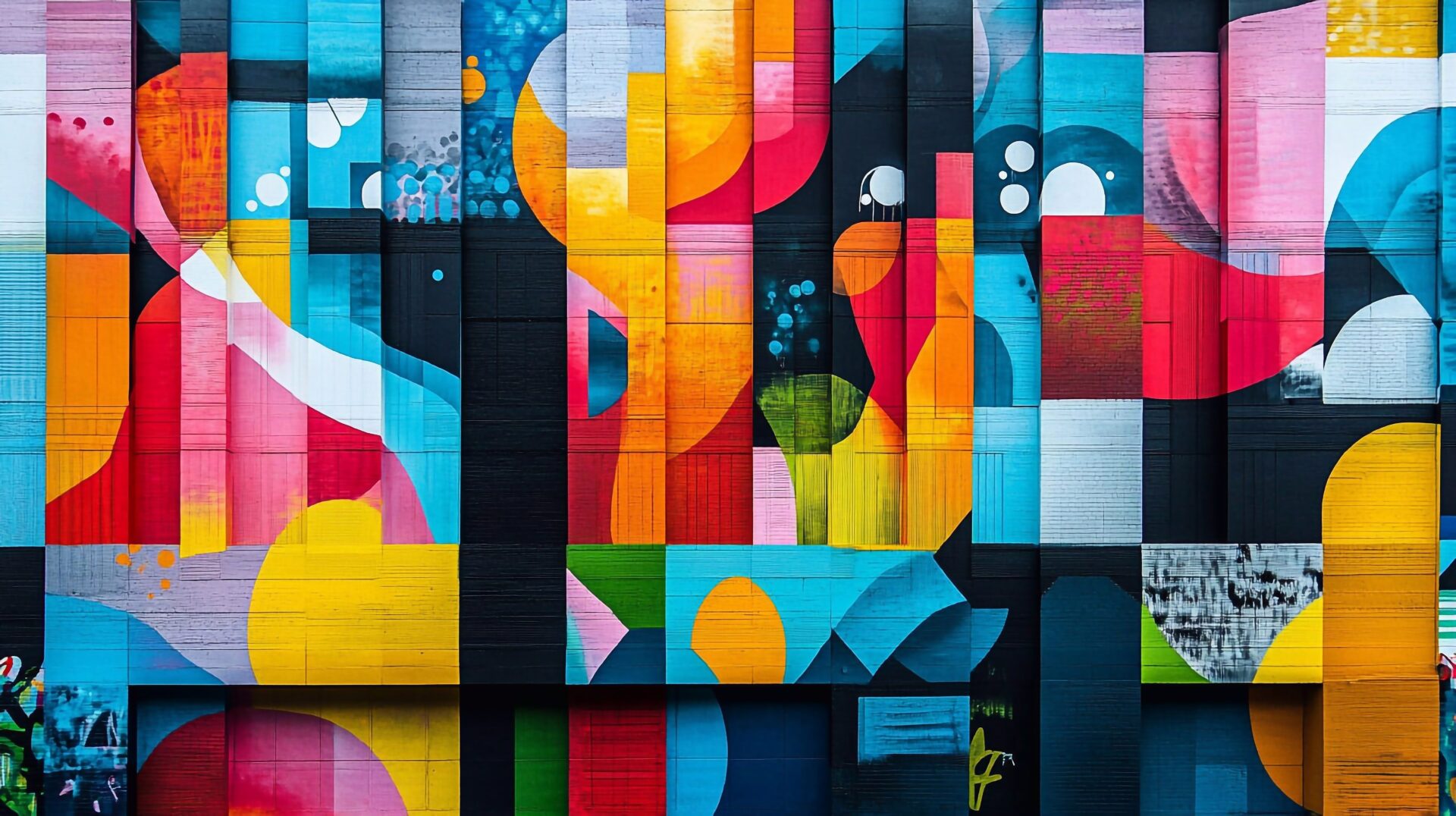
Wynwood Walls opened in 2009 and has become one of Miami's most popular street art museum.
Art Basel and the Birth of a New Creative Economy
In 2002, Art Basel chose Miami Beach for its only U.S. fair. What followed was a seismic shift. The city’s art scene, already simmering, exploded. Wynwood transformed from warehouse district to art-world magnet. Galleries, installations, and public murals began to dominate not just the art calendar, but the urban landscape.
Designers and developers responded by embracing the city’s new aesthetic identity—one that valued boldness, texture, contrast, and emotion. Architecture began to absorb the language of street art. Restaurants became galleries in their own right. Hotel lobbies hosted installations. The boundaries between art and design blurred, and the entire city became a canvas.
It’s no longer news that Miami is a foodie town. What is remarkable is how quickly the script has flipped. Not long ago, celebrated chefs from Manhattan or Los Angeles would open a Miami location as a sunny expansion; an afterthought, even. Today, that relationship has reversed in some cases.
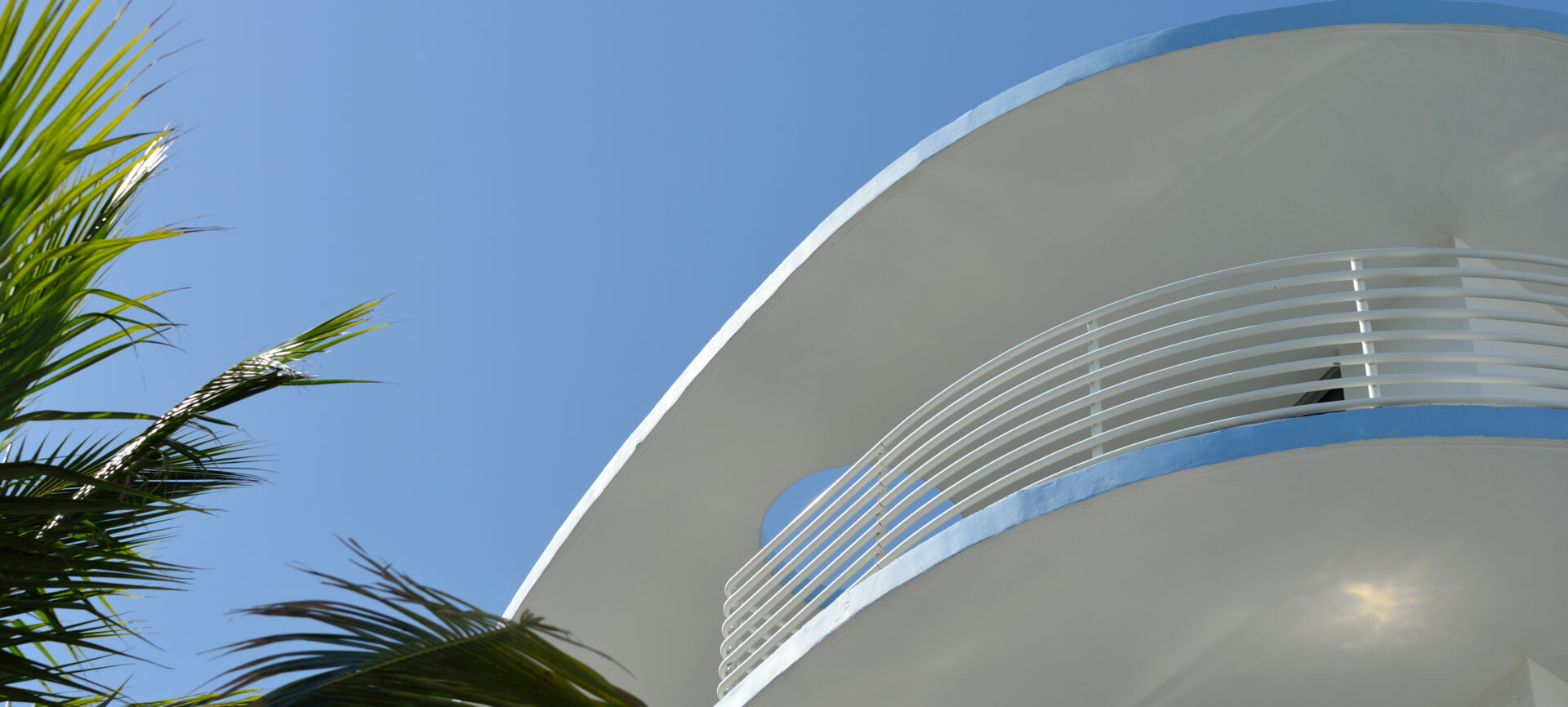
Miami’s Food Scene Becomes the Story
Restaurants that originate in Miami are now launching locations in New York, not the other way around. Pura Vida, the breezy café concept born in South Beach in 2012, opened its first Manhattan café in NoMad in 2024 and has plans for 10 more in the city. Motek, a modern Israeli restaurant that began in downtown Miami in 2020, is preparing to debut in New York’s Flatiron District in 2025, with additional locations already in the works.
This shift speaks to more than just food. It signals a reordering of influence. Miami is no longer looking to import culinary credibility. Miami is exporting some of its essence, along with its aesthetics, storytelling, and spatial design sensibilities.
Design here is not about restraint. It’s about resonance. It's about emotion and meaning.
— Yohandel Ruiz, Studio DADO
Miami is Now a True Design Destination
The convergence of music, migration, queer culture, contemporary art, and culinary innovation has produced something bigger than the sum of its parts: a design culture that’s wholly Miami. The city has developed its own design DNA, unafraid of ornament, unconcerned with minimalism, and deeply invested in how a space makes you feel.
That emotional core is what sets Miami apart.
Design here is not about restraint. It’s about resonance. From the layered materiality of a Wynwood restaurant to the theatrical lighting in a South Beach lounge, every decision carries mood, energy, and cultural memory. And that is why the city continues to be such a strong source of inspiration for our design team.
It’s no surprise that brands, architects, and designers around the world are looking to Miami for cues. The city is no longer a warm-weather outpost of bigger coastal centers. It is setting the pace. And in doing so, it’s proving that design doesn’t just follow culture, it shapes it.
